Home>diy>Architecture & Design>Which Job Roles Would Benefit From A Course In 3D Modeling?
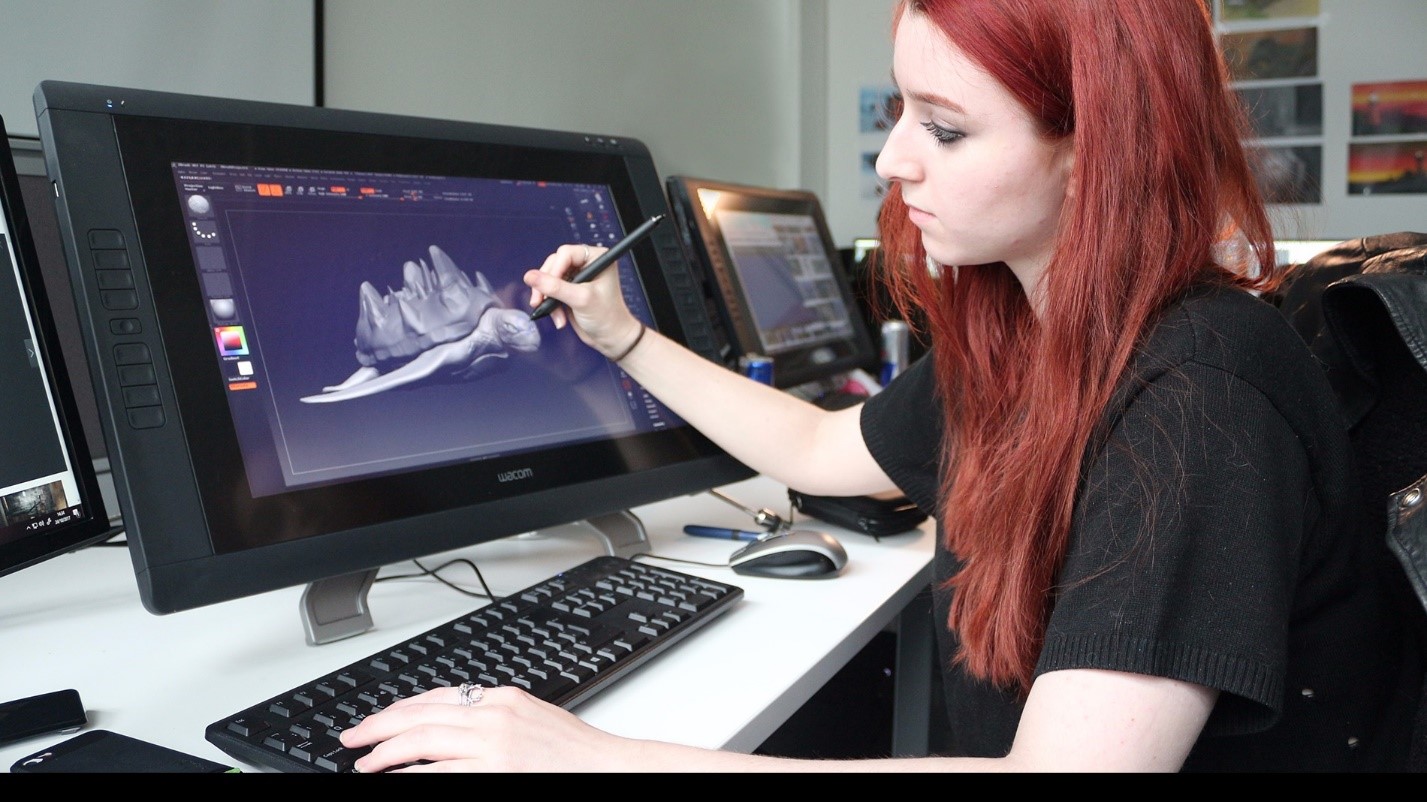

Architecture & Design
Which Job Roles Would Benefit From A Course In 3D Modeling?
Modified: January 9, 2024
Discover which job roles in the field of #architecture-design can greatly benefit from taking a course in 3D modeling. Enhance your career prospects with valuable skills and knowledge.
(Many of the links in this article redirect to a specific reviewed product. Your purchase of these products through affiliate links helps to generate commission for Storables.com, at no extra cost. Learn more)
Introduction
In today’s digital era, the demand for visually appealing and immersive designs has skyrocketed. Whether it’s for architectural visualization, animation, or product design, the ability to create stunning 3D models has become an invaluable skill across various industries. Many job roles can benefit significantly from a course in 3D modeling, as it empowers professionals to take their creative abilities to the next level.
3D modeling involves creating three-dimensional computer-generated designs that can be manipulated and rendered from different angles. It opens up a world of possibilities for professionals to bring their ideas to life, breathe realism into virtual environments, and create captivating visuals.
In this article, we will explore some of the job roles that can benefit greatly from a course in 3D modeling. Whether you’re an aspiring graphic designer, architect, or game developer, learning 3D modeling can enhance your skillset and open doors to exciting career opportunities.
Key Takeaways:
- Embracing 3D modeling skills can elevate creativity and collaboration for professionals in graphic design, architecture, game development, and more, leading to visually stunning and immersive outcomes.
- The integration of 3D modeling empowers professionals to visualize, refine, and communicate their ideas effectively, saving time and resources while opening doors to new opportunities in a visually-driven world.
Read more: What Is 3D Modeling?
Graphic Designers
Graphic designers play a crucial role in creating visual content for various mediums, including print, web, and digital media. With a course in 3D modeling, graphic designers can add another dimension to their work. They can create 3D typography, product mock-ups, and incorporate 3D elements into their designs to make them more dynamic and eye-catching.
By mastering 3D modeling software like Autodesk Maya or Blender, graphic designers can create realistic illustrations, visualizations, and animations. This skill can help them stand out from their peers and attract clients looking for innovative and immersive design solutions.
With the increasing demand for augmented reality (AR) and virtual reality (VR) experiences, graphic designers who possess 3D modeling skills are in high demand. They can create 3D assets and environments for AR/VR applications, providing users with immersive and interactive experiences.
Furthermore, the integration of 3D modeling in graphic design allows for seamless collaboration with other professionals, such as animators and game developers. It enables designers to create assets that can be easily incorporated into multimedia projects, enhancing the overall visual impact.
Architects
For architects, the ability to create accurate and detailed 3D models is essential in the design and presentation of architectural projects. A course in 3D modeling equips architects with the necessary skills to bring their designs to life in a virtual space.
Using specialized software like AutoCAD, Revit, or SketchUp, architects can create realistic 3D models of buildings, interior spaces, and landscapes. These models allow them to visualize the design from different angles, assess the functionality of spaces, and identify any potential flaws or opportunities for improvement.
Additionally, 3D modeling helps architects communicate their ideas effectively to clients, stakeholders, and construction teams. They can present detailed and visually appealing renderings that showcase the design concept, materials, and textures, creating a realistic representation of the final product.
Furthermore, architects can use 3D modeling to test different design variations and explore the impact of different architectural elements. This iterative process helps refine the design and ensures that it meets the aesthetic, functional, and structural requirements.
Integration with other design disciplines, such as structural engineering and interior design, is also facilitated through 3D modeling. Architects can collaborate with these professionals by sharing 3D models, allowing for better coordination and more efficient project management.
Overall, a course in 3D modeling empowers architects to create stunning visual representations of their designs, improve communication and collaboration, and ultimately translate their ideas into reality.
Industrial Designers
Industrial designers are responsible for creating and developing innovative product designs that are both aesthetically pleasing and functional. A course in 3D modeling can greatly benefit industrial designers by allowing them to bring their ideas to life in a virtual environment.
With 3D modeling software, such as SolidWorks or Rhino, industrial designers can create detailed and realistic 3D models of their product concepts. They can refine the shape, form, and proportions, and visualize how different materials and finishes will look on the final product.
By creating 3D prototypes, industrial designers can test the functionality and ergonomic aspects of their designs. They can assess factors such as user interaction, ease of use, and manufacturability. This helps identify any potential issues early in the design process and ensures that the final product meets the desired specifications.
In addition, 3D modeling enables industrial designers to present their ideas to clients and stakeholders in a more impactful and persuasive manner. They can create photorealistic renderings and animations that showcase the product’s features, functionality, and design intent. This helps generate excitement and buy-in from decision-makers and potential customers.
Collaboration with other professionals, such as engineers and manufacturers, is also facilitated through 3D modeling. Industrial designers can share 3D models with these teams, allowing for better communication and alignment on design requirements and production processes. This streamlines the product development cycle and reduces the likelihood of errors and design changes later on.
Overall, a course in 3D modeling equips industrial designers with the skills to create compelling product designs, streamline the design process, enhance collaboration, and ultimately deliver innovative and market-ready products.
Interior Designers
Interior designers are responsible for creating functional and aesthetically pleasing spaces that meet the needs and preferences of their clients. A course in 3D modeling can greatly benefit interior designers, allowing them to visualize and present their design concepts more effectively.
Using 3D modeling software like SketchUp or Autodesk 3ds Max, interior designers can create detailed and realistic 3D models of their design proposals. They can experiment with different furniture layouts, color schemes, and materials to determine the optimal configuration for the space.
By creating virtual 3D models, interior designers can provide their clients with a realistic preview of the final design. Clients can walk through the space virtually, getting a sense of how each element comes together and making informed decisions about the design choices.
Furthermore, 3D modeling enables interior designers to explore lighting and its impact on the overall ambiance of the space. They can simulate different lighting scenarios and adjust variables such as intensity, color temperature, and direction to achieve the desired mood and atmosphere.
In addition, 3D modeling allows interior designers to collaborate more effectively with other professionals, such as architects and contractors. They can share 3D models and collaborate in real-time, ensuring that the design aligns with the architectural elements and construction feasibility.
Moreover, with the integration of virtual reality (VR) technology, interior designers can provide their clients with an immersive experience of their future space. Clients can wear a VR headset and explore the virtual environment as if they were physically present, giving them a deeper understanding and appreciation for the design.
Overall, a course in 3D modeling equips interior designers with the tools to create realistic and visually stunning representations of their design concepts. It enhances their ability to communicate and collaborate with clients and other professionals, resulting in more successful and satisfied clients.
Read more: How Hard Is 3D Modeling
Game Developers
Game development is a highly creative and complex process that requires a blend of technical skills and artistic abilities. A course in 3D modeling is invaluable for game developers, as it allows them to create immersive virtual environments, realistic characters, and visually stunning assets.
With powerful 3D modeling software like Unity3D or Unreal Engine, game developers can bring their game worlds to life. They can create detailed terrain, architecture, and props that form the foundation of the game’s environment. By leveraging 3D modeling, game developers can craft visually appealing and engaging game spaces that enhance the player’s overall experience.
In addition to environmental elements, 3D modeling enables game developers to create lifelike characters and creatures. They can design the physical appearance, clothing, and accessories of each character, ensuring they blend seamlessly with the game’s narrative and art style. This level of customization and realism enhances the player’s engagement and emotional investment in the game.
Furthermore, 3D modeling allows game developers to create realistic animations and special effects. They can use tools such as rigging and skeletal animation to give characters fluid and natural movements. Additionally, they can incorporate visually stunning particle effects, physics simulations, and dynamic lighting to enhance the overall visual impact of the game.
Collaboration is a key aspect of game development, and 3D modeling facilitates seamless integration with other team members. Game developers can share 3D models, animations, and assets with designers, programmers, and sound engineers, ensuring cohesive gameplay and a high level of polish.
Additionally, the booming field of virtual reality (VR) and augmented reality (AR) gaming relies heavily on 3D modeling. Game developers can create immersive VR worlds and design interactive AR experiences, allowing players to engage with the game on a whole new level of realism and immersion.
In summary, a course in 3D modeling empowers game developers to create visually stunning game environments, realistic characters, and captivating gameplay experiences. It enables them to push the boundaries of game design and deliver unforgettable gaming adventures to players around the world.
Tip: Job roles in architecture, interior design, product design, animation, and game development would benefit from a course in 3D modeling.
Film and Animation Professionals
For film and animation professionals, the ability to create realistic and visually stunning 3D models is essential in bringing stories and characters to life. A course in 3D modeling equips these professionals with the skills needed to create immersive visual experiences for films, TV shows, and animated productions.
3D modeling software like Autodesk Maya or Cinema 4D allows film and animation professionals to create detailed and lifelike 3D characters, objects, and environments. They can manipulate and animate these models to convey depth, movement, and emotions, providing a more engaging and realistic visual experience.
By using 3D modeling, film and animation professionals can create complex and dynamic visual effects. Whether it’s simulating realistic explosions, creating fantastical creatures, or building entire virtual worlds, 3D modeling software provides the tools to bring even the most ambitious visions to life.
Furthermore, 3D modeling enhances the post-production process by enabling compositing and rendering. Film and animation professionals can seamlessly integrate 3D elements with live-action footage, adding depth and realism to the final product. They can also apply lighting effects and color grading to enhance the visual aesthetics of the scenes.
Collaboration is a critical aspect of film and animation production, and 3D modeling plays a role in facilitating this process. With shared 3D models and assets, professionals from different disciplines, such as directors, art directors, and visual effects artists, can collaborate more effectively, ensuring a cohesive and visually stunning end result.
Moreover, as virtual reality (VR) and augmented reality (AR) continue to gain popularity, 3D modeling skills become even more crucial for film and animation professionals. They can create immersive VR experiences and interactive AR elements, allowing viewers to engage with the story and characters in entirely new and exciting ways.
In summary, a course in 3D modeling is invaluable for film and animation professionals, empowering them to create visually stunning and immersive films, TV shows, and animated productions. It enables them to push the boundaries of storytelling and visual effects, delivering captivating and awe-inspiring visual experiences to audiences around the world.
Product Designers
Product designers play a pivotal role in creating innovative and functional products that meet the needs of users. A course in 3D modeling is invaluable for product designers, as it allows them to visualize and refine their design concepts in a virtual space before bringing them to life.
Using 3D modeling software like SolidWorks or Fusion 360, product designers can create detailed and realistic 3D models of their product ideas. They can experiment with different shapes, sizes, and configurations, and assess their functionality and aesthetics from different angles.
By creating virtual prototypes through 3D modeling, product designers can test the ergonomics, user experience, and manufacturability of their designs. They can analyze factors such as material selection, assembly methods, and production costs, ensuring that the final product is both functional and cost-effective.
Furthermore, 3D modeling allows product designers to communicate their design concepts effectively to clients, stakeholders, and manufacturers. They can present realistic renderings and animations that showcase the design’s features, materials, and assembly process. This helps generate buy-in from decision-makers and streamlines the production process.
In addition, 3D modeling facilitates collaboration with other professionals involved in the product development process. Product designers can share 3D models with engineers, marketers, and manufacturers, allowing for better coordination and assessment of potential design optimizations and manufacturing constraints.
Moreover, with the integration of prototyping technologies, such as 3D printing, product designers can use 3D models to create physical prototypes rapidly. This allows for testing and refinement of the design before mass production, reducing costs and the risk of design flaws.
In summary, a course in 3D modeling equips product designers with the skills to create detailed and dynamic virtual prototypes, streamline the design process, enhance collaboration, and ultimately deliver innovative and functional products to the market.
Advertising and Marketing Professionals
In the world of advertising and marketing, visuals are key to capturing attention and conveying messages effectively. A course in 3D modeling can greatly benefit advertising and marketing professionals by enabling them to create captivating and visually striking content.
With 3D modeling software like Blender or 3ds Max, advertising and marketing professionals can create realistic and eye-catching 3D visuals. They can design products, environments, or characters that align with the brand’s messaging and target audience, allowing for more impactful and memorable advertising campaigns.
By utilizing 3D modeling, advertising professionals can showcase products in a way that highlights their features and benefits. They can create realistic renderings that communicate the product’s functionality and design, making it more attractive to potential customers.
In addition, 3D modeling allows for more creative flexibility in advertising campaigns. Marketing professionals can create visually compelling graphics, animations, and interactive content that leave a lasting impression on viewers. This level of visual appeal can help brands differentiate themselves in a crowded marketplace.
Furthermore, 3D modeling enhances the ability to create immersive and interactive experiences. Advertising and marketing professionals can integrate 3D elements into augmented reality (AR) or virtual reality (VR) campaigns, engaging and captivating their target audience in new and exciting ways.
Collaboration is an important aspect of advertising and marketing campaigns, and 3D modeling facilitates seamless integration with other professionals. Whether working with graphic designers, animators, or creative directors, advertising and marketing professionals can share 3D models and assets, ensuring a cohesive and visually impactful campaign.
Moreover, incorporating 3D modeling in advertising and marketing opens the doors to new mediums and platforms. With the rise of digital advertising and social media, 3D visuals can stand out and engage viewers in ways that traditional 2D imagery cannot.
In summary, a course in 3D modeling empowers advertising and marketing professionals to create visually striking and engaging content. It allows for more creative flexibility, enhances collaboration, and opens up new opportunities for brands to make a lasting impact on their audience.
Engineers
Engineers are responsible for designing and developing structures, systems, and products that meet specific requirements and solve real-world problems. A course in 3D modeling can greatly benefit engineers by enabling them to visualize, analyze, and optimize their designs in a virtual space before physical implementation.
Through 3D modeling software like AutoCAD or SolidWorks, engineers can create detailed and accurate 3D models of their designs. They can visualize the components, assemblies, and systems in a virtual environment, allowing for a better understanding of the overall functionality and performance.
With 3D modeling, engineers can perform simulations and analyses to evaluate the structural, mechanical, and thermal behavior of their designs. By applying forces, heat loads, or fluid dynamics to the 3D models, engineers can analyze stress distribution, identify weak points, and optimize the design for improved performance and efficiency.
Furthermore, 3D modeling allows engineers to collaborate more effectively with other professionals involved in the product development process. They can share 3D models with designers, manufacturers, and architects, ensuring that all parties have a clear understanding of the design intent and can work towards a common goal.
Integration with computer-aided manufacturing (CAM) and computer-aided engineering (CAE) tools is another benefit of 3D modeling for engineers. By connecting the 3D models with manufacturing and simulation software, engineers can streamline the manufacturing process, identify potential issues early on, and optimize production processes.
Moreover, 3D modeling enables engineers to create accurate and detailed documentation for construction, assembly, and maintenance purposes. They can generate exploded views, assembly animations, and step-by-step instructions, ensuring that the design can be replicated and maintained correctly.
Additionally, 3D printing technology has become increasingly prevalent in engineering fields. Engineers can use 3D models to produce prototypes and functional parts, accelerating the design iteration process and reducing the time and cost of physical prototyping.
In summary, a course in 3D modeling equips engineers with the skills to create detailed and dynamic virtual models, analyze and optimize designs, enhance collaboration, and streamline the manufacturing process. It enables engineers to improve the efficiency, reliability, and functionality of their designs, ultimately leading to better engineering outcomes.
Conclusion
In today’s digital world, the ability to create stunning and immersive 3D models is a valuable skill that transcends various industries and professions. A course in 3D modeling can benefit a wide range of job roles, empowering professionals to elevate their creativity and efficiency in their respective fields.
From graphic designers and architects to industrial designers and engineers, the application of 3D modeling enhances their ability to visualize, communicate, and refine their ideas. It allows for the creation of detailed and realistic representations of concepts, leading to better decision-making, improved collaboration, and ultimately, more successful outcomes.
With the integration of 3D modeling, professionals can leverage the power of virtual environments and simulations, enabling them to explore different design possibilities, assess functionality, and identify potential flaws before physical implementation. This not only saves time and resources but also allows for the creation of more innovative and efficient solutions.
In addition, the integration of 3D modeling with emerging technologies such as augmented reality (AR) and virtual reality (VR) opens up a whole new realm of possibilities for professionals. They can create immersive and interactive experiences, captivate audiences, and push the boundaries of creativity and storytelling.
Collaboration is also enhanced through 3D modeling, as professionals can share their virtual models and assets with teammates, clients, and stakeholders, fostering better communication and understanding. This collaboration leads to more cohesive and successful projects, bringing ideas to life with seamless coordination and alignment.
In conclusion, a course in 3D modeling is a valuable investment for professionals in various job roles. Whether you’re a graphic designer, architect, industrial designer, engineer, or part of any other field, the skills acquired through learning 3D modeling can elevate your work, enhance collaboration, and open doors to new opportunities. Embracing the power of 3D modeling allows professionals to unleash their creativity, push the boundaries of their industries, and deliver exceptional results in today’s visually-driven world.
Frequently Asked Questions about Which Job Roles Would Benefit From A Course In 3D Modeling?
Was this page helpful?
At Storables.com, we guarantee accurate and reliable information. Our content, validated by Expert Board Contributors, is crafted following stringent Editorial Policies. We're committed to providing you with well-researched, expert-backed insights for all your informational needs.
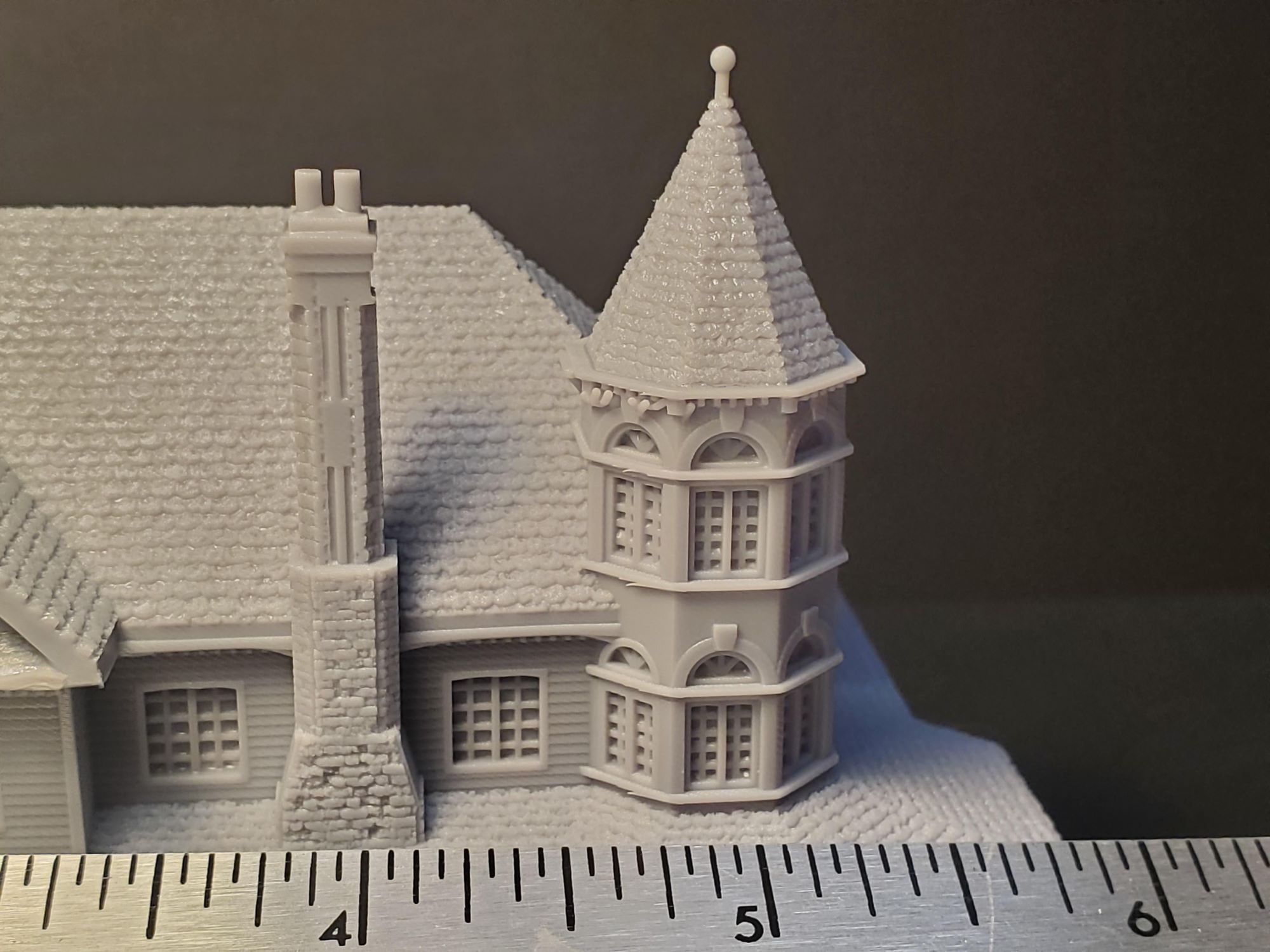
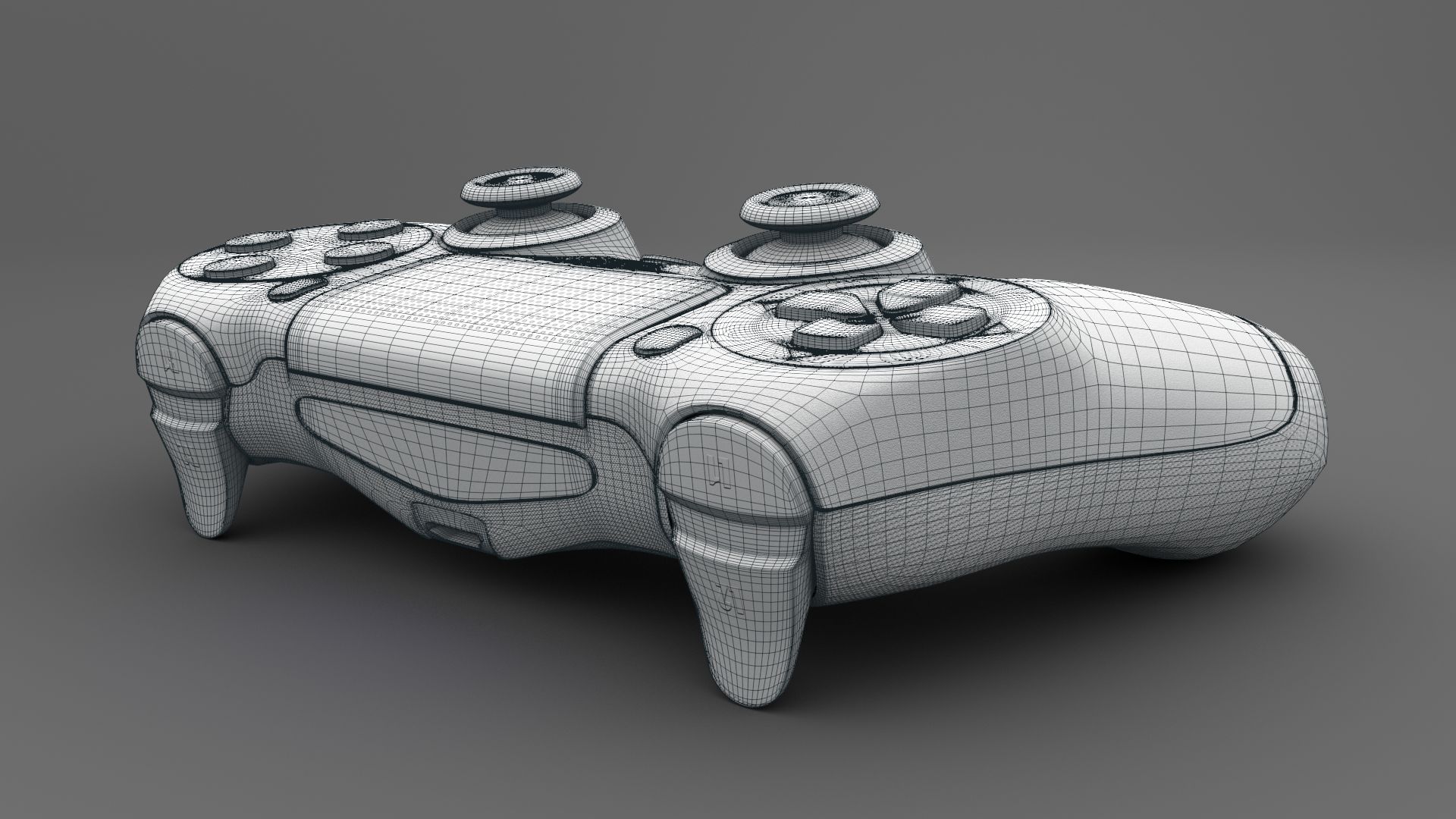

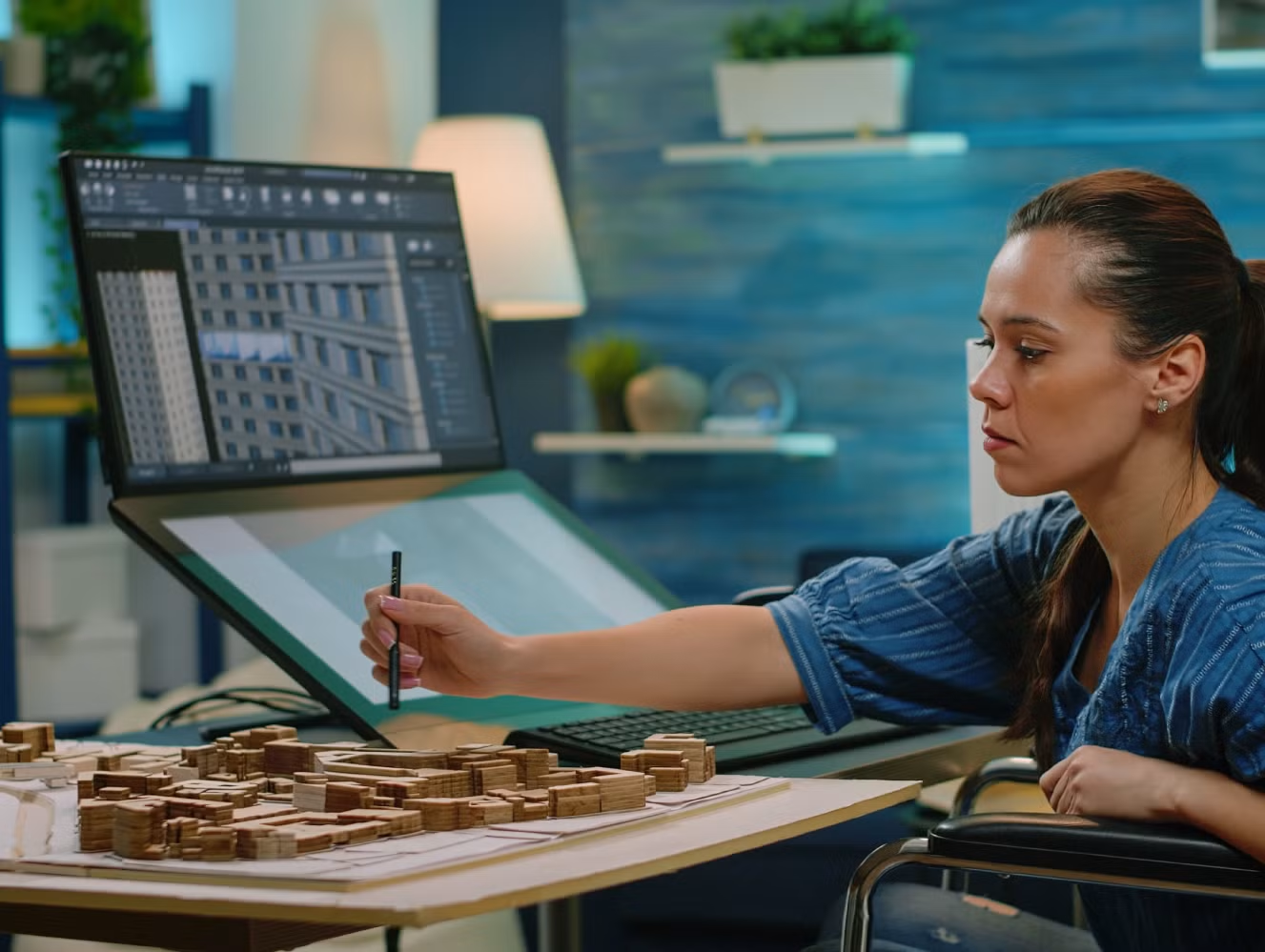
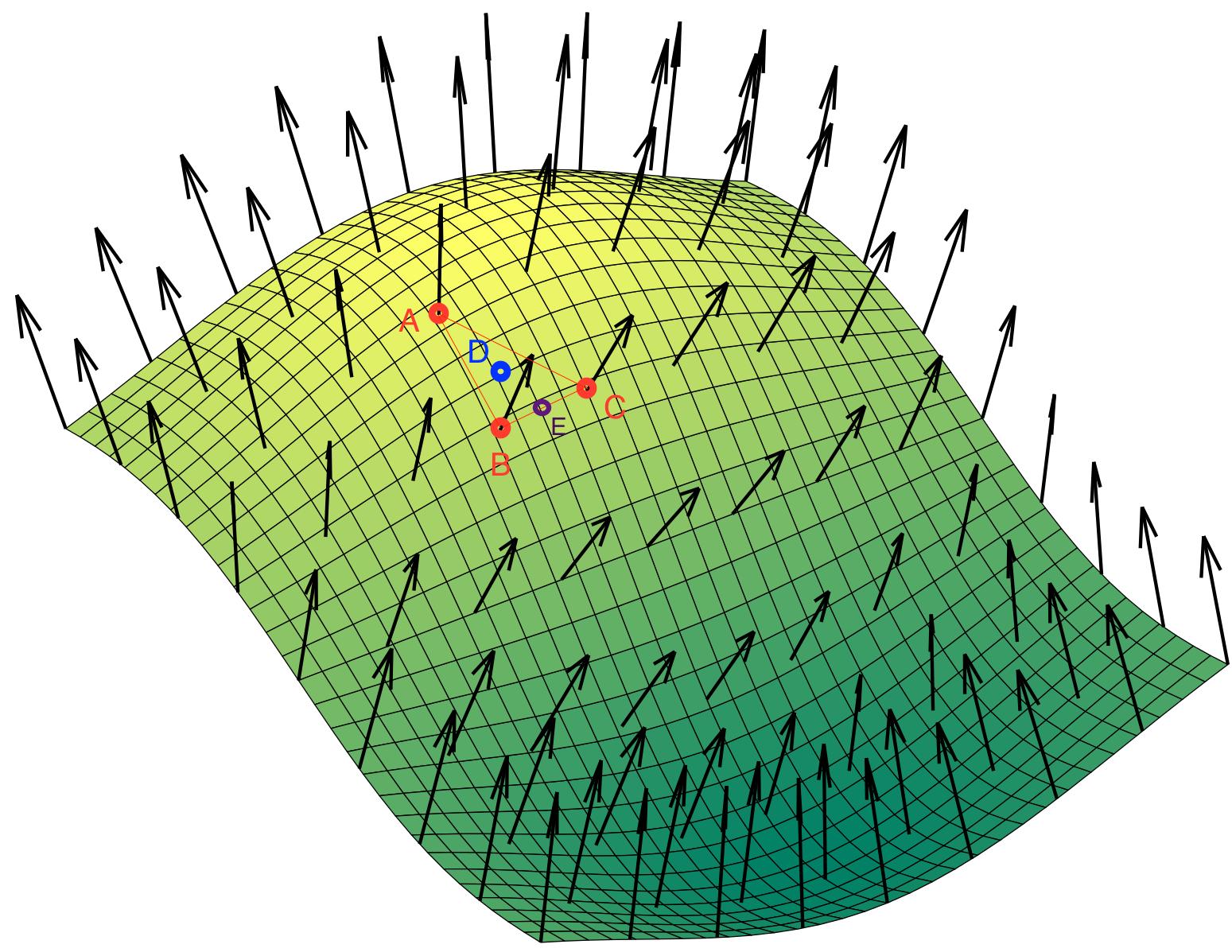
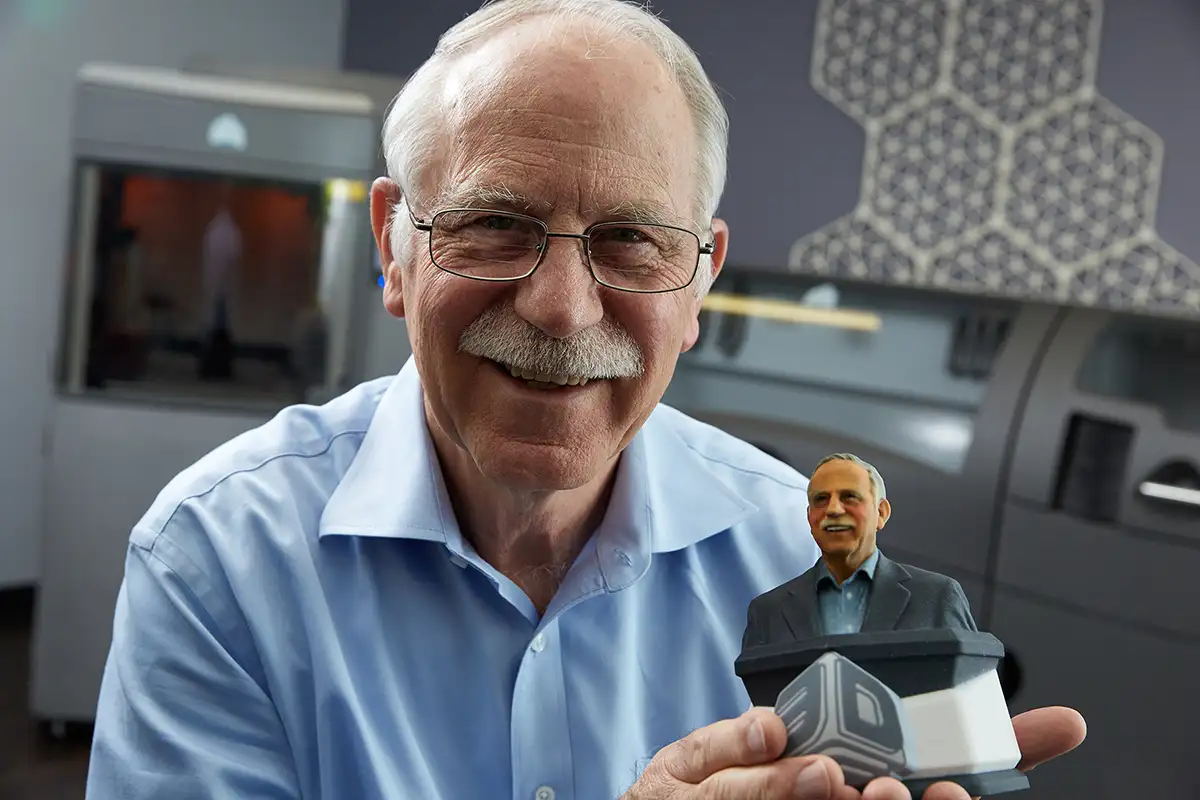
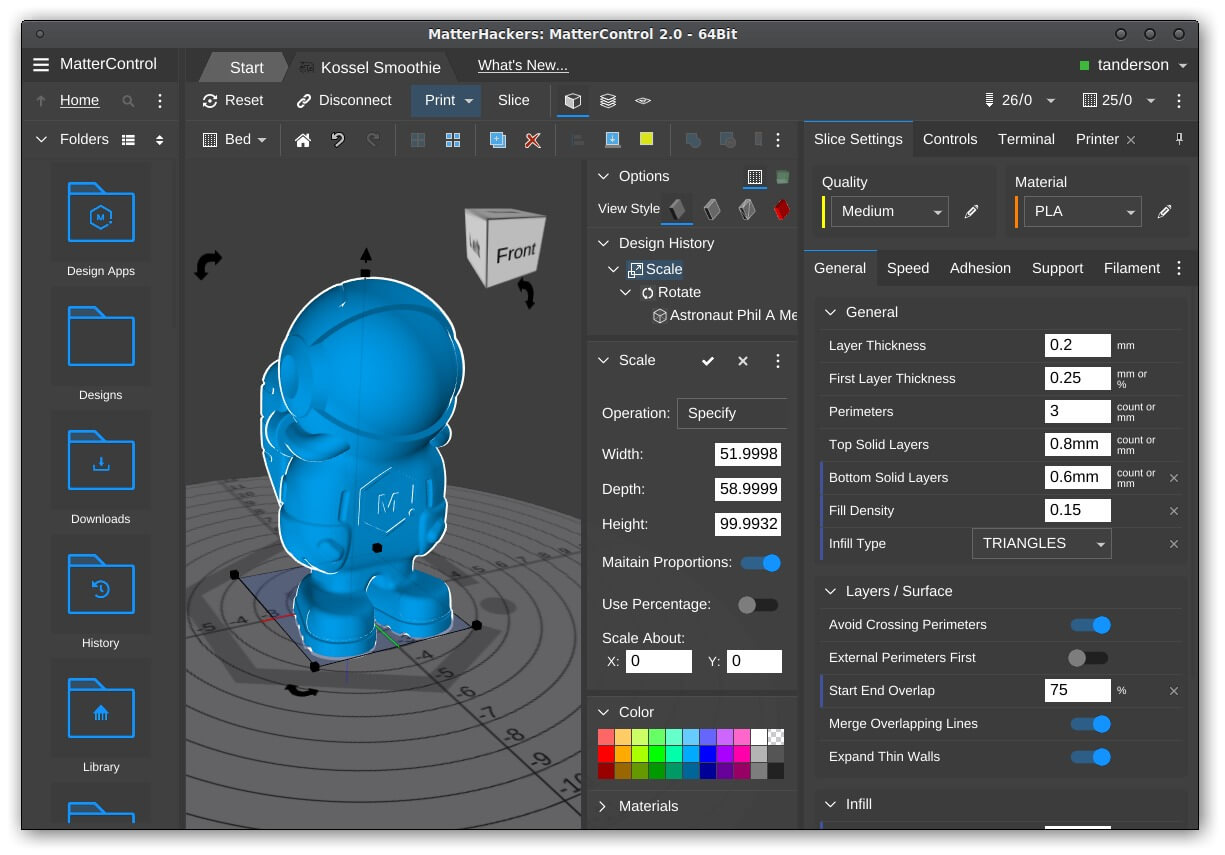
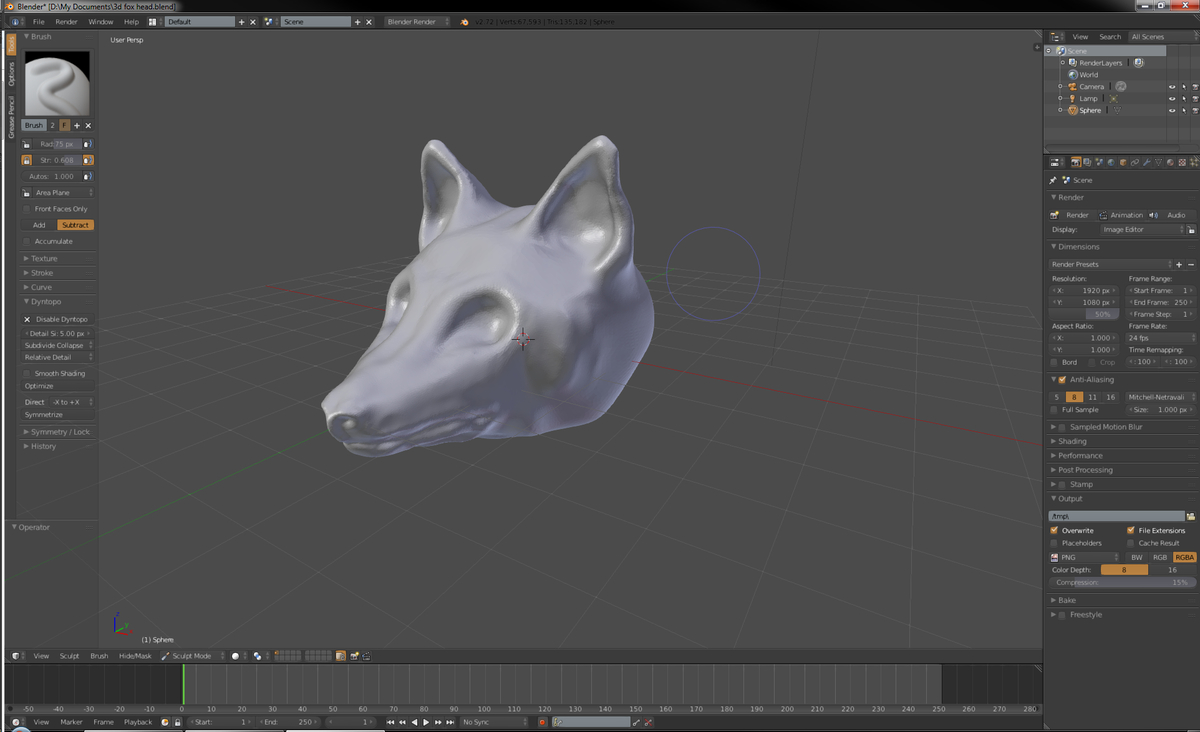
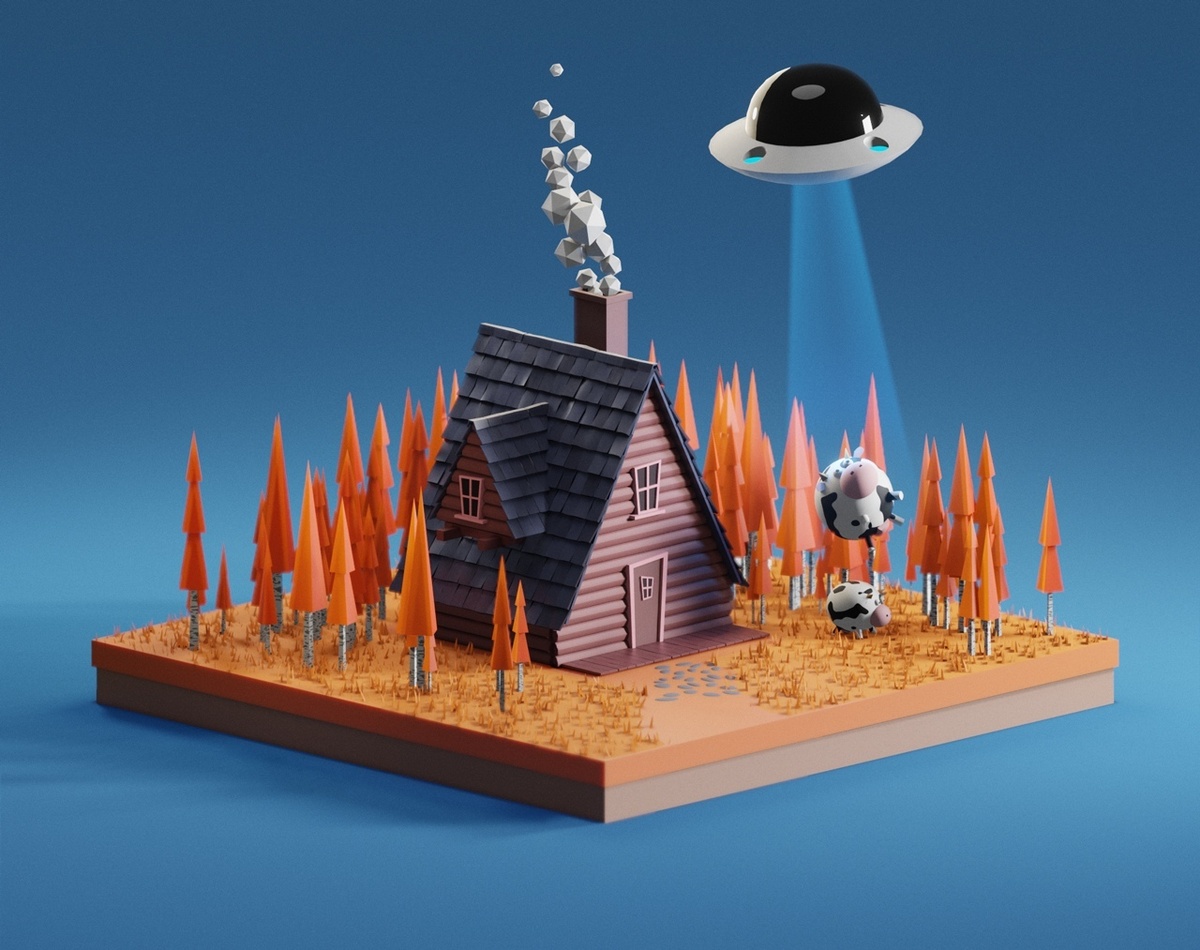
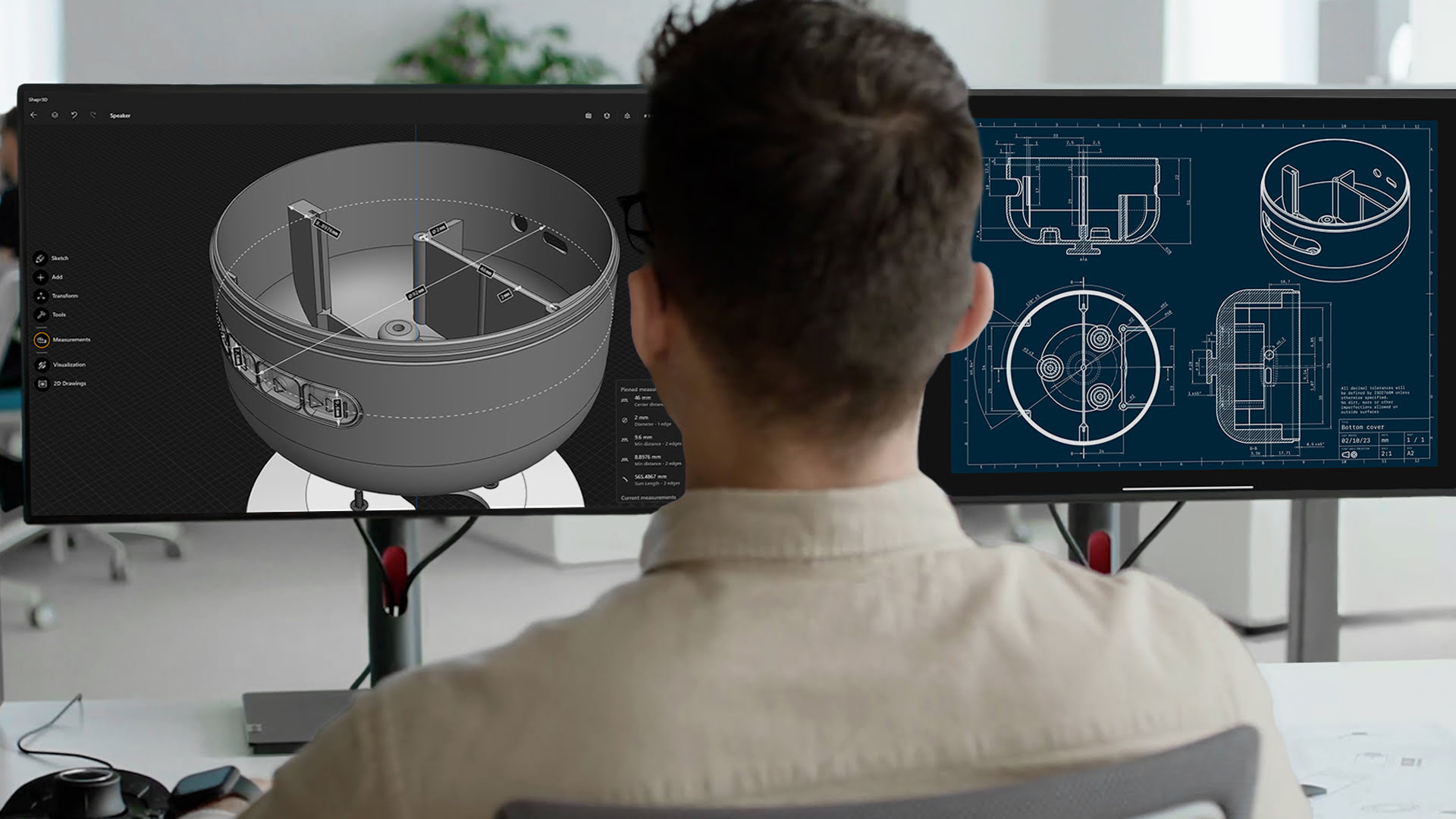
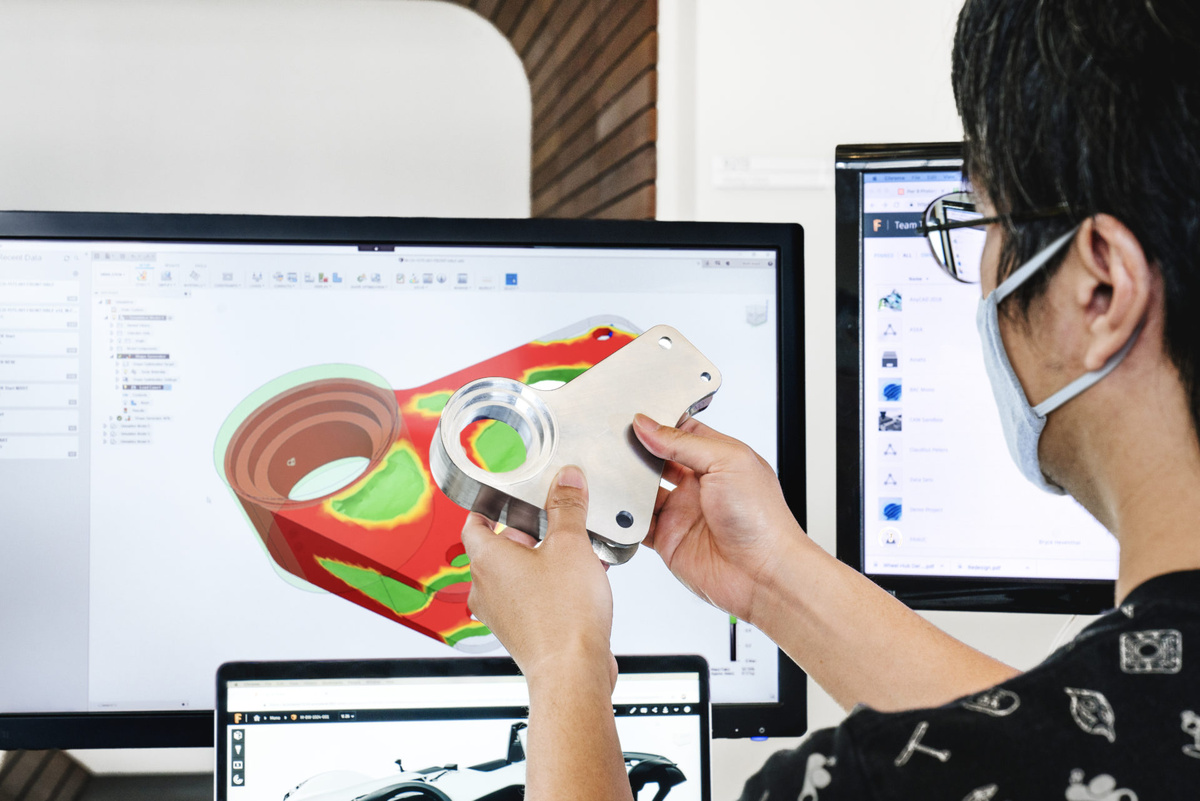
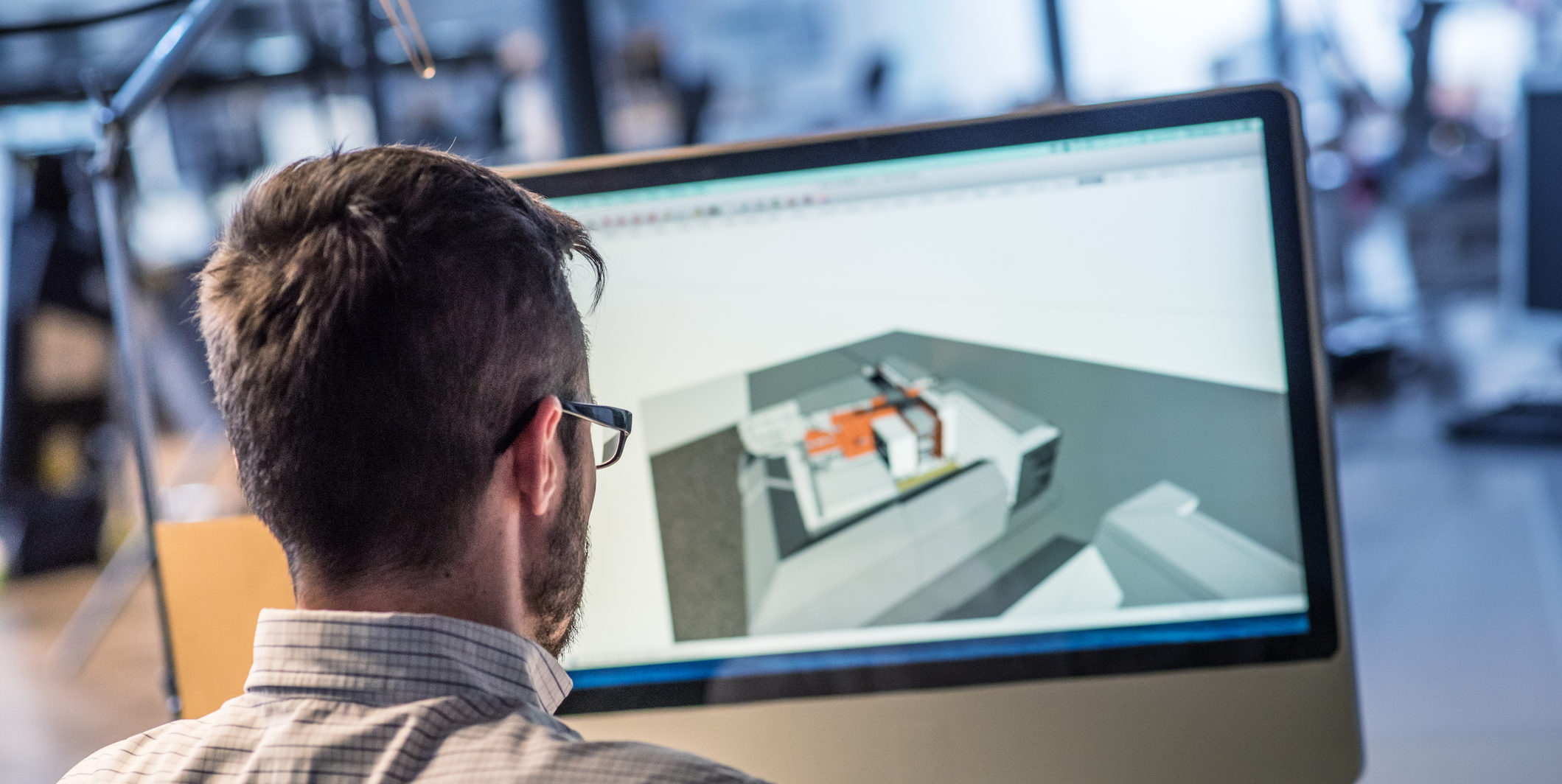
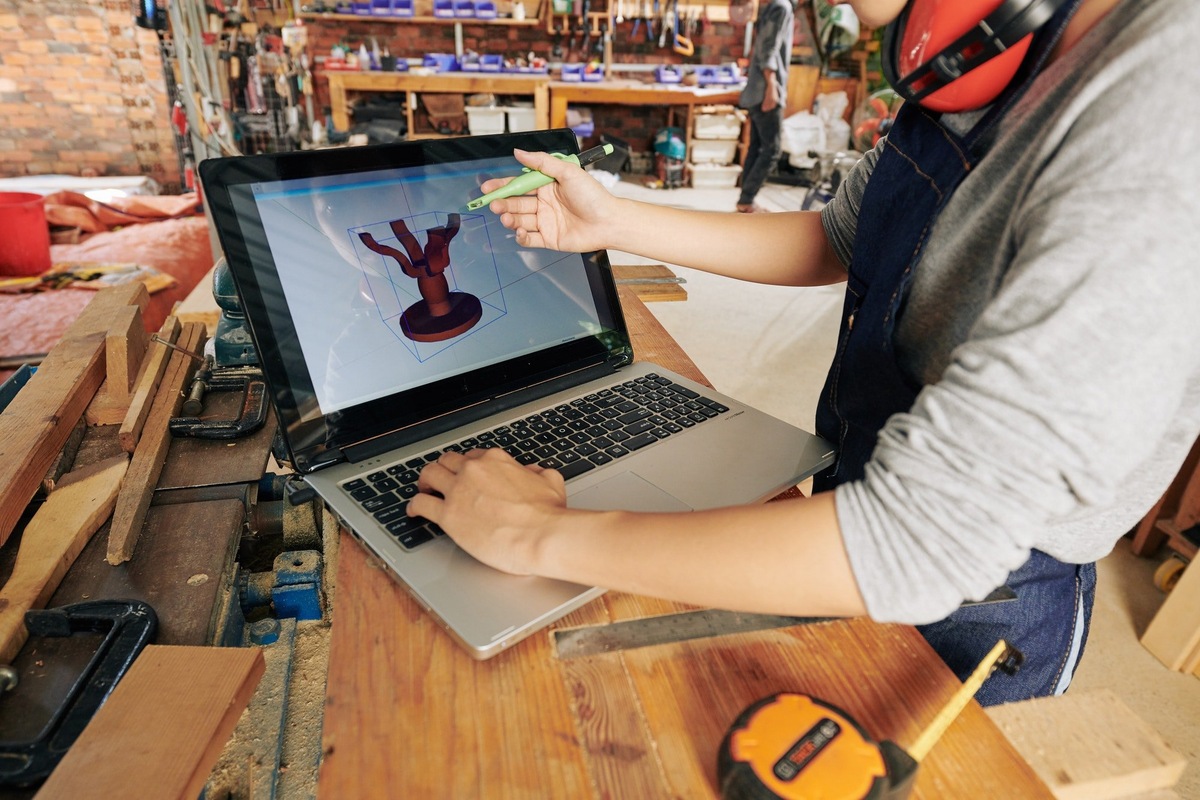

0 thoughts on “Which Job Roles Would Benefit From A Course In 3D Modeling?”